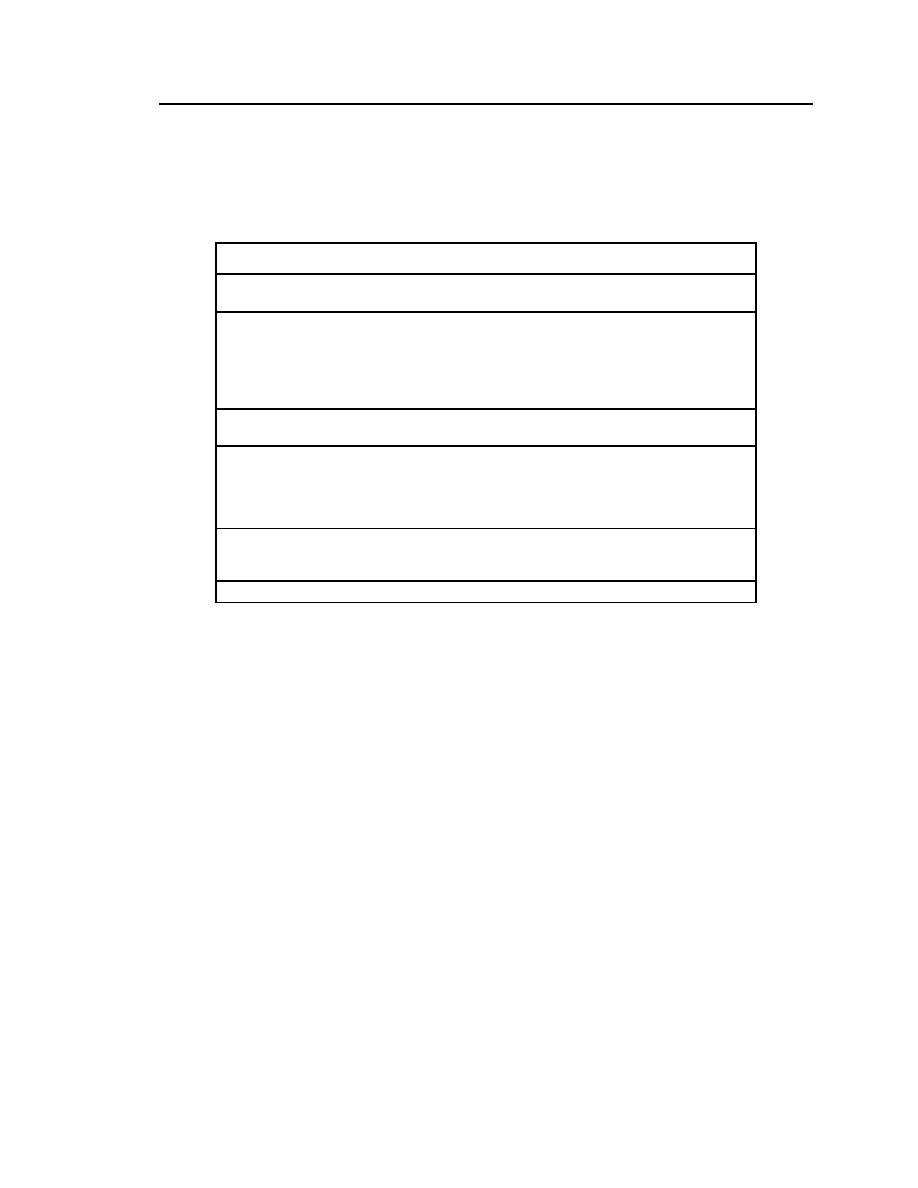
Workshop on New Grass Germplasms
27
comparison, nicotine, gasoline, and caffeine are moderately toxic, and table salt
and baking soda are very slightly toxic.
Table 4. Toxicity of some herbicides and other common items.
LD50
(mg/kg)
Toxicity
OUST XP
ESCORT XP
KRENITE S
Glyphosate
Clopyralid
greater than 5,000
picloram
Almost non-toxic
table salt
about 3,500
baking soda
Very slightly toxic
KROVAR I DF
TELAR DF
dicamba
Sahara
from 2,000 to 3,000
diuron
Slightly toxic
nicotine
gasoline
from 53 to 200
caffeine
Moderately toxic
40 mg/kg
paraquat
Highly toxic
Labels and Material Safety Data Sheets (MSDS) provide all necessary
information for a particular chemical.
Some chemicals are restricted for use only by certified agents. Federal
restrictions are based on EPA toxicity classifications. States differ in their
restrictions on chemicals based on many aspects. In Colorado, for example,
chemicals are restricted depending on bird or fish toxicity, leaching, groundwater
concerns, residual effects, or off-target concerns in dry conditions. Chemicals
restricted in Colorado include bromacil (Krovar, Hyvar), diuron (Karmex),
prometon (Pramitol), tebuthiuron (Spike), monuron, sodium chlorate, and sodium
metaborate.
Performance of chemicals
In choosing the appropriate chemical, you must consider type of plant, soil
texture, rainfall, application, temperature, and herbicide type. Timing is impor-
tant especially for annuals: winter annuals germinate in the fall and mature in the
spring, while summer annuals germinate in the spring and mature in the fall. It is
better to spray plants when they are young or before the seed head matures. The



 Previous Page
Previous Page
